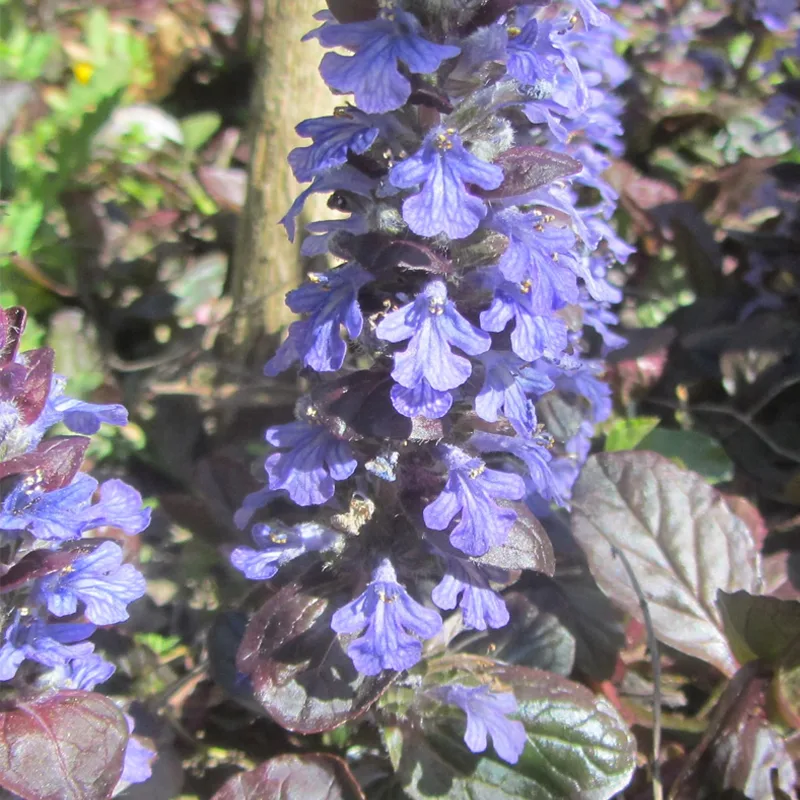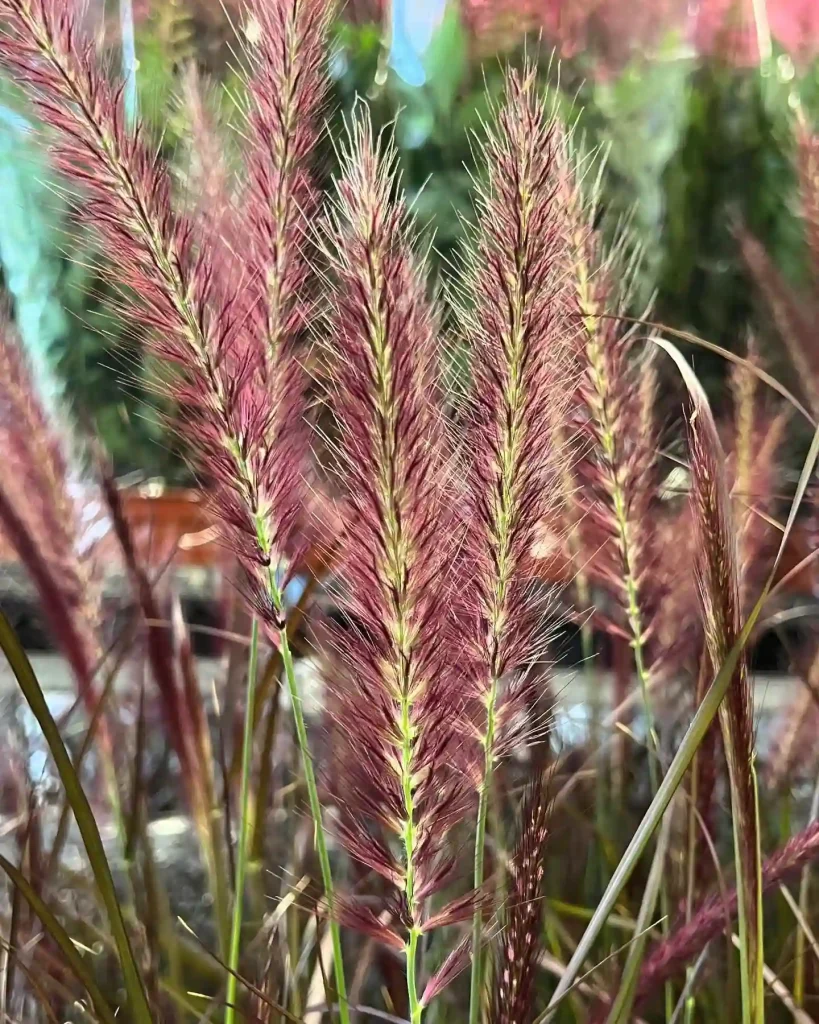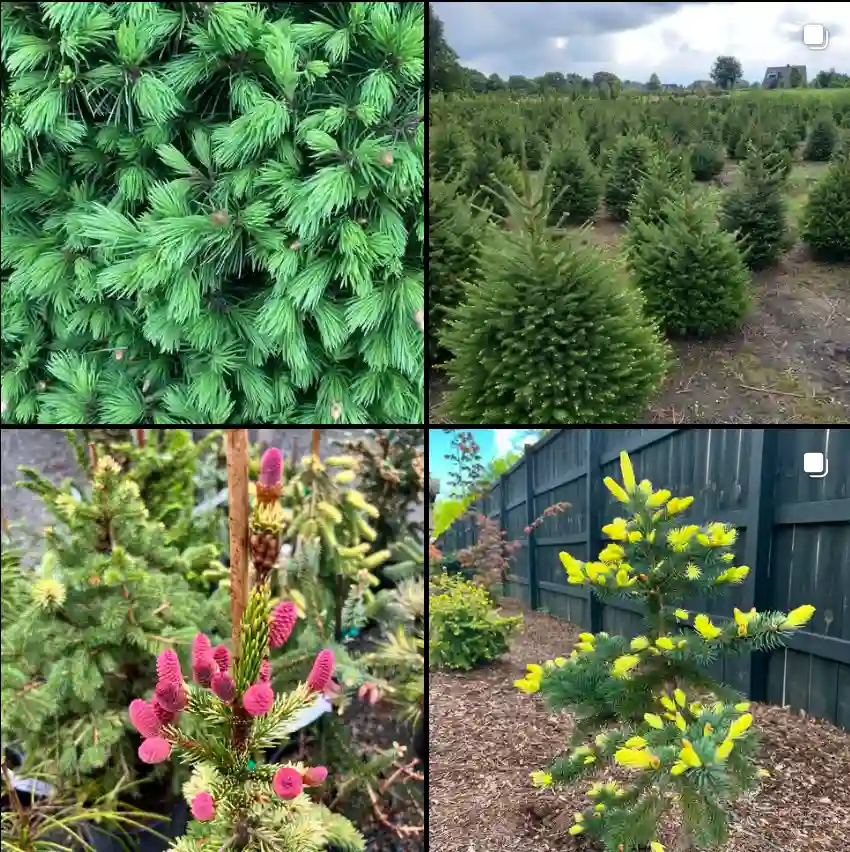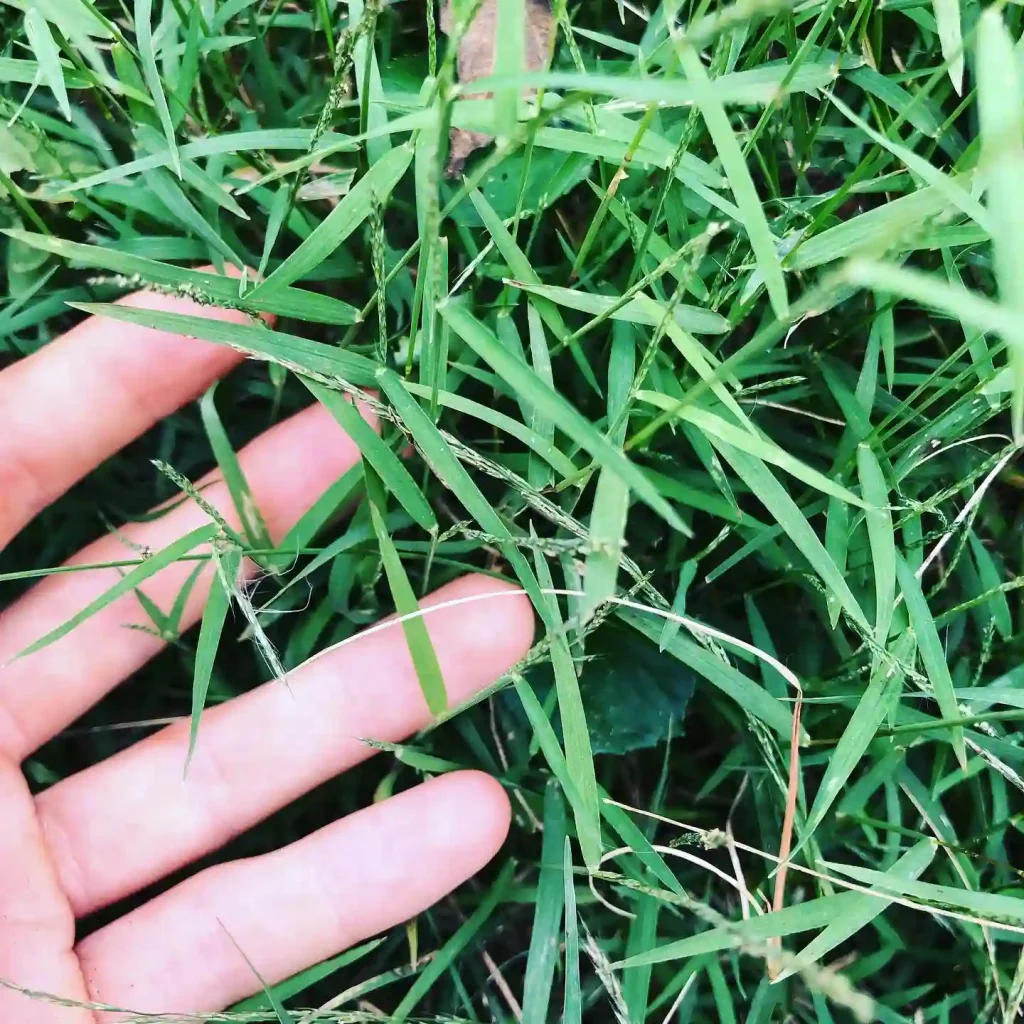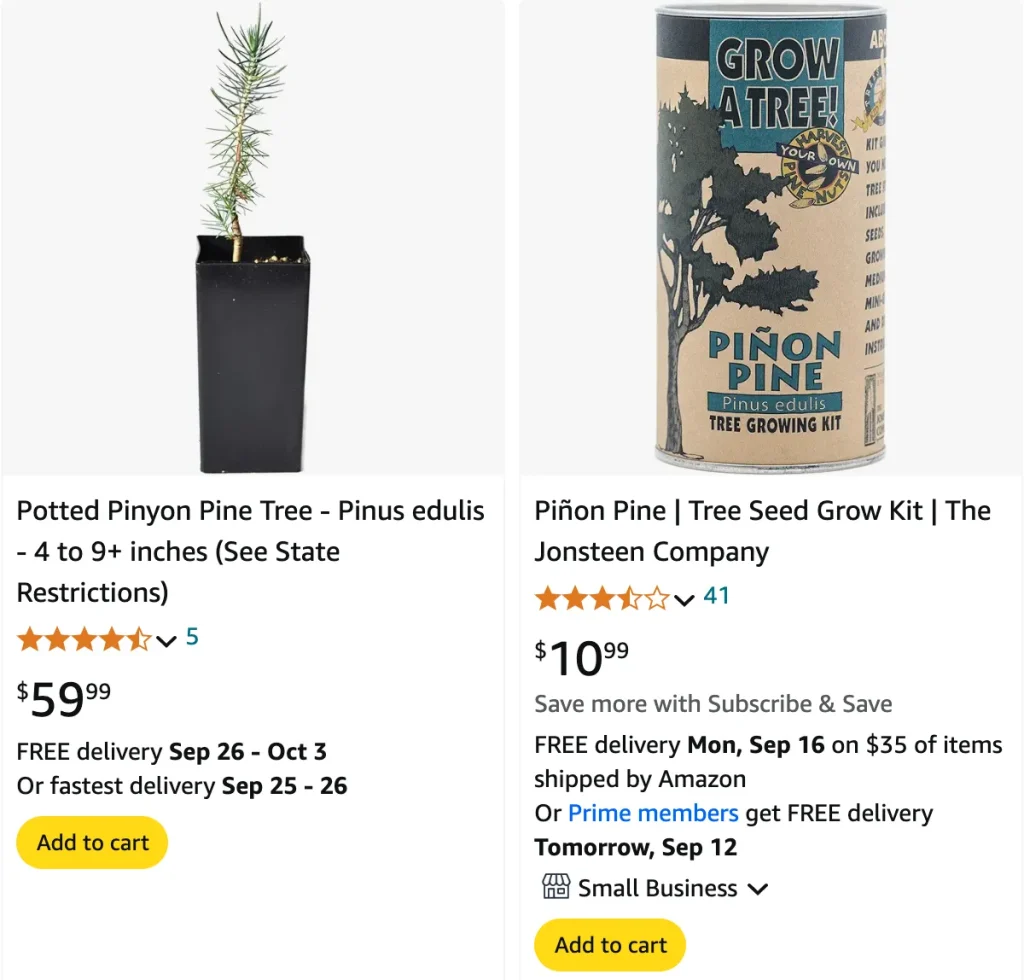
What is Pinus Monophylla?
Pinus Monophylla, also known as the Single-Leaf Pinyon Pine, is a slow-growing pine species that is native to the western United States. It’s famous for its distinct, single-needle foliage, which sets it apart from other pine trees. Unlike most pines that have two or more needles in a bundle, Pinus Monophylla stands alone with just one needle per fascicle, giving it a unique appearance.
139 Species in Genus Pinus
How Large Will Pinus Monophylla Grow?
One of the first questions I asked when I started researching Pinus Monophylla was about its size. In its native habitat, this pine species can grow to about 20 to 40 feet tall, though it grows slowly. It can take decades for Pinus Monophylla to reach its full height, and even then, it retains a modest size compared to other pine species. The tree also tends to have a bushy, rounded shape with a spread that can reach 30 feet wide, making it an excellent option for smaller landscapes.
Is Pinus Monophylla Monoecious?
Yes, Pinus Monophylla is monoecious, meaning it has both male and female cones on the same tree. This characteristic allows the tree to produce its seeds without needing a second tree for pollination. The female cones produce the seeds, known as pine nuts, which are highly prized for their flavor and nutritional value. The male cones, on the other hand, release pollen to fertilize the female cones.
When Was the Pinus Monophylla Adopted?
Pinus Monophylla was officially adopted as Nevada’s state tree in 1953, highlighting its cultural and ecological importance in the region. The tree has played a significant role in the diets of indigenous peoples for centuries, and it continues to be valued for its ability to thrive in arid environments. Its adoption as the state tree reflects its strong ties to Nevada’s natural heritage and its ability to withstand the challenging conditions of the high desert.
Where to Buy Pinus Monophylla?
If you’re interested in adding Pinus Monophylla to your landscape, you can purchase it from specialty nurseries that focus on native plants or drought-tolerant species. These nurseries often sell it as a sapling, which can be easier to plant and care for in the long run. Some online retailers also offer Pinus Monophylla seeds, but you’ll need patience if you go this route—it can take quite some time for a seed to mature into a full-grown tree. Be sure to check local availability since it’s native to certain regions, and some nurseries might not carry it outside the western U.S.
Pinus Monophylla vs. Pinus Edulis: What’s the Difference?
One of the comparisons I often come across is between Pinus Monophylla and Pinus Edulis, also known as the Two-Needle Pinyon Pine. The biggest difference is the number of needles per fascicle. Pinus Edulis has two needles, whereas Pinus Monophylla has only one. Both species produce edible pine nuts, but Pinus Edulis is generally found at higher elevations
and is slightly more cold-hardy. In terms of growth, Pinus Edulis tends to grow faster than Pinus Monophylla, but both are relatively slow growers compared to other pines. The choice between the two often comes down to personal preference and regional adaptability, as both trees share many of the same drought-tolerant characteristics.
How to Care for Pinus Monophylla?
Caring for Pinus Monophylla is relatively straightforward if you understand its natural habitat. It thrives in dry, well-drained soils and can tolerate poor conditions where other trees struggle. It’s drought-tolerant and prefers full sun, making it a great choice for xeriscaping or low-water gardens. The key is to avoid overwatering. Pinus Monophylla doesn’t do well in waterlogged soils, so make sure the soil drains well. Once established, it needs little to no irrigation, which is ideal for dry climates. Fertilizing isn’t typically necessary, but you can use a slow-release, balanced fertilizer if you notice stunted growth or yellowing needles.
Can You Grow Pinus Monophylla Indoors?
Given its need for full sun and a dry environment, Pinus Monophylla isn’t suited for indoor growth. The tree prefers to be outdoors where it can receive the sunlight and airflow it needs to thrive. Additionally, its potential size and wide spread make it impractical as a houseplant. However, if you have a large, sun-drenched outdoor space, it’s a great candidate for your landscape.
How to Propagate Pinus Monophylla?
Propagating Pinus Monophylla can be done by seed, but it requires a lot of patience. The seeds need to go through a cold stratification period to break dormancy, which mimics the natural winter conditions they’d experience in the wild. You can stratify the seeds by placing them in a moist medium, like sand or peat, and refrigerating them for several weeks. Afterward, plant the seeds in well-draining soil and provide plenty of sunlight. Keep in mind that germination rates can vary, and it may take a while for seedlings to appear.
What to Plant with Pinus Monophylla?
Pinus Monophylla pairs well with other drought-tolerant plants that share similar soil and light requirements. Some good companions include sagebrush, yucca, and other native shrubs like manzanita. You can also pair it with ornamental grasses or ground covers like creeping thyme for a naturalistic, low-water landscape. Avoid pairing it with plants that need constant moisture, as this could create an imbalance in care requirements.
Is Pinus Monophylla Toxic?
No, Pinus Monophylla is not considered toxic to humans or animals. In fact, the tree’s seeds, known as pine nuts, are edible and highly nutritious. They have been a food source for Native Americans for centuries and are now used in various culinary applications. However, it’s always a good idea to research other plants in your landscape to ensure they aren’t harmful to pets or wildlife.
Benefits of Pinus Monophylla
Pinus Monophylla offers a range of benefits beyond its beauty. Its drought tolerance makes it an excellent choice for water-conserving landscapes, and its pine nuts provide a valuable food source. It also contributes to the environment by providing habitat and food for wildlife, including birds and small mammals. Plus, its slow growth and unique single-needle foliage make it a standout in any garden, adding visual interest with minimal maintenance.
Common Problems with Pinus Monophylla
Pinus Monophylla is generally a low-maintenance tree, but it can face a few issues, mainly related to overwatering. Root rot is a common problem if the tree is planted in poorly draining soil. Another issue to watch out for is pine beetles, which can infest weakened trees. To avoid these problems, ensure your tree is planted in a location with excellent drainage and avoid overwatering.
By answering these frequently asked questions, I hope you now have a clearer understanding of what makes Pinus Monophylla such a unique and valuable tree for the landscape. Whether you’re looking to add a touch of the Southwest to your garden or you’re simply drawn to its distinctive appearance, Pinus Monophylla is a resilient, rewarding option for any outdoor space.
If i die, water my plants!
